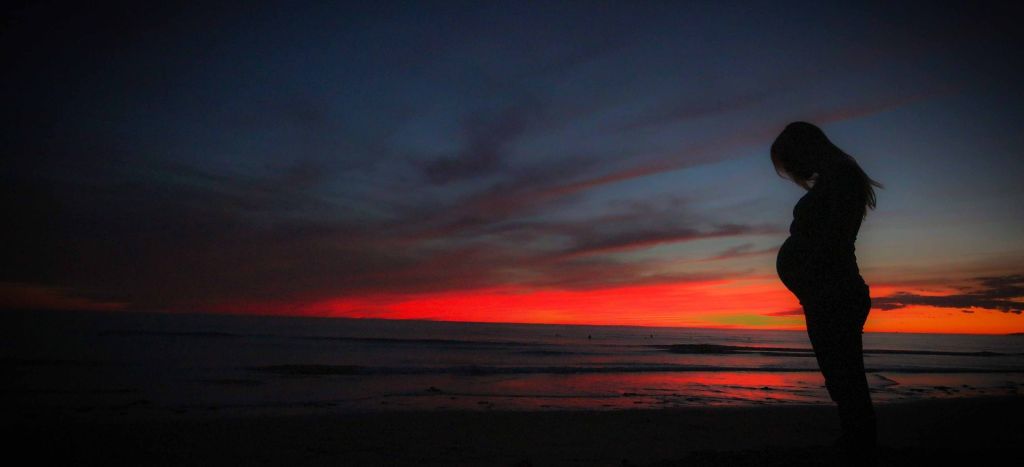The evolution of motherhood

There are few concepts that make us more human than the idea of “motherhood”. This is because unlike most mammals (and due to the unique development of human children), human mothers mother their children for a relatively long time.
It’s an interesting thought to ponder on Mother’s Day this year: nearly no other species cares for its young as long as humans do.
Why is that? Well, a good place to look for answers is here in the Cradle of Humankind.
In fact, one of the Cradle’s most famous fossils touches on the subject of motherhood in a haunting way: the first fossils found of Australopithecus sediba may have been of a mother and young. Prof. Lee Berger and his son Matthew discovered the two-million-year-old fossils in a cave at Malapa in 2008.
Did Australopithecus sediba care for its young the way humans do? We can’t really tell, because we still don’t know enough about the way this species lived. And even though Australopithecus sediba is a branch on the tree that eventually led to Homo sapiens, humans are dramatically different from other species when it comes to motherhood.
Human babies need mothers for longer
Unlike many other mammals, human babies are born entirely helpless, with a large part of their growth and development happening outside the womb. Anthropologists believe this is due to the size of the human brain and how walking upright affected mothers’ bodies.
As you’ll read in our Exhibition Guide, these changes had a major impact on human behaviour.
“This dramatic expansion in the size of the human brain had an immediate effect on the lifestyle and social structure of hominids. A combination of a growing brain case relative to a narrow pelvic outlet meant that mothers had to give birth to children earlier, and that newborn babies were thus relatively immature.
“This meant that infants depended on parental care for increasingly prolonged periods.”
Human mothers need others
This need for prolonged periods of care led to humans developing a social structure that anthropologists say underpins the very survival of our species: the ability to cooperate. American anthropologist Sarah Blaffer Hrdy took a closer look at this phenomenon in her book, Mothers and Others: The Evolutionary Origins of Mutual Understanding.
Speaking to the Royal Society for the encouragement of Arts, Manufactures and Commerce, Hrdy said having this level of care meant that young hominids evolved the ability to understand, and perhaps empathise with other hominids.
“By 1.8-million years ago bipedal hominids in Africa were beginning to evolve larger brains and body size and to mature more slowly. And the price tags for rearing youngsters was beginning to creep up to more calories than the mother could provide by herself,” Hrdy said.
“In other [mammals], infants once weaned, completely provision themselves. Human children remain dependent on others for many years. Without group members other than the parents, our ancestors could not have produced youngsters that survived.”
It seems the idea that “it takes a village” to raise a child might actually be more akin to a fact – a fact that helped shape the human societies we live in today.
So, this Mother’s Day, consider that the true significance of the day is more than saying “thank you” to that special someone; it’s also a day to think about how caring for our young as long as we do is one of the things that make humans, well, human.